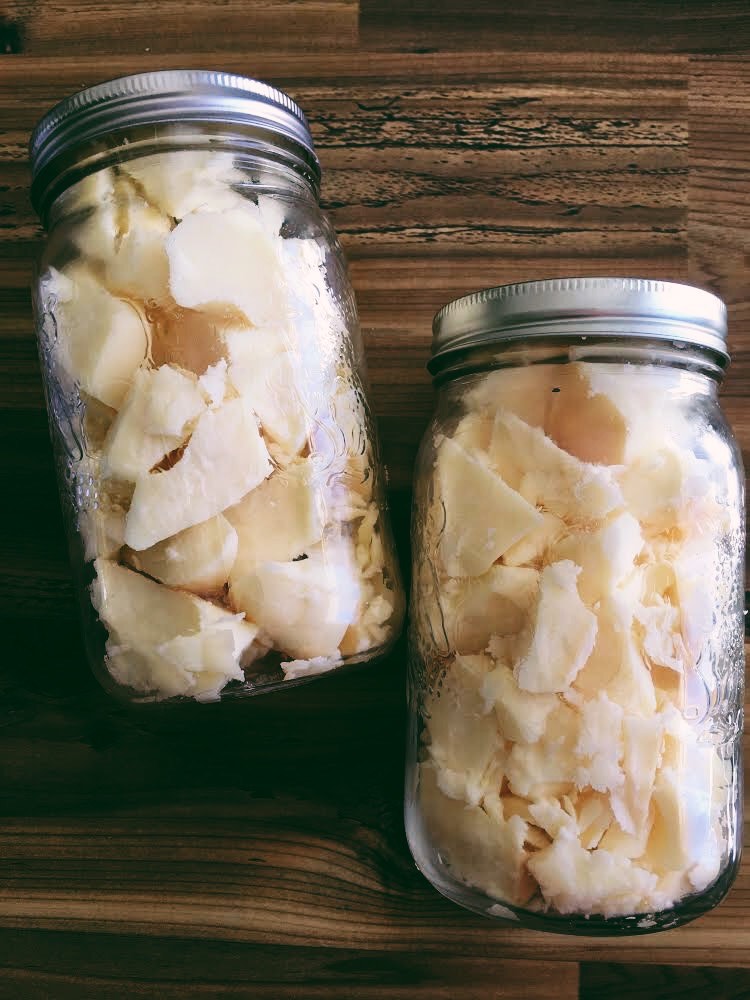Buckle up, folks. There’s more to an animal than steaks, roasts and tenderloins – organs, hide, bones and fat are all additional pieces that often get tossed to the side (or you may have the best of intentions to utilize everything, but end up with a freezer full of unused miscellaneous animal parts.) Today, we’re going to tackle fat – for learning purposes, we’re going to look at big game.
Advertisement
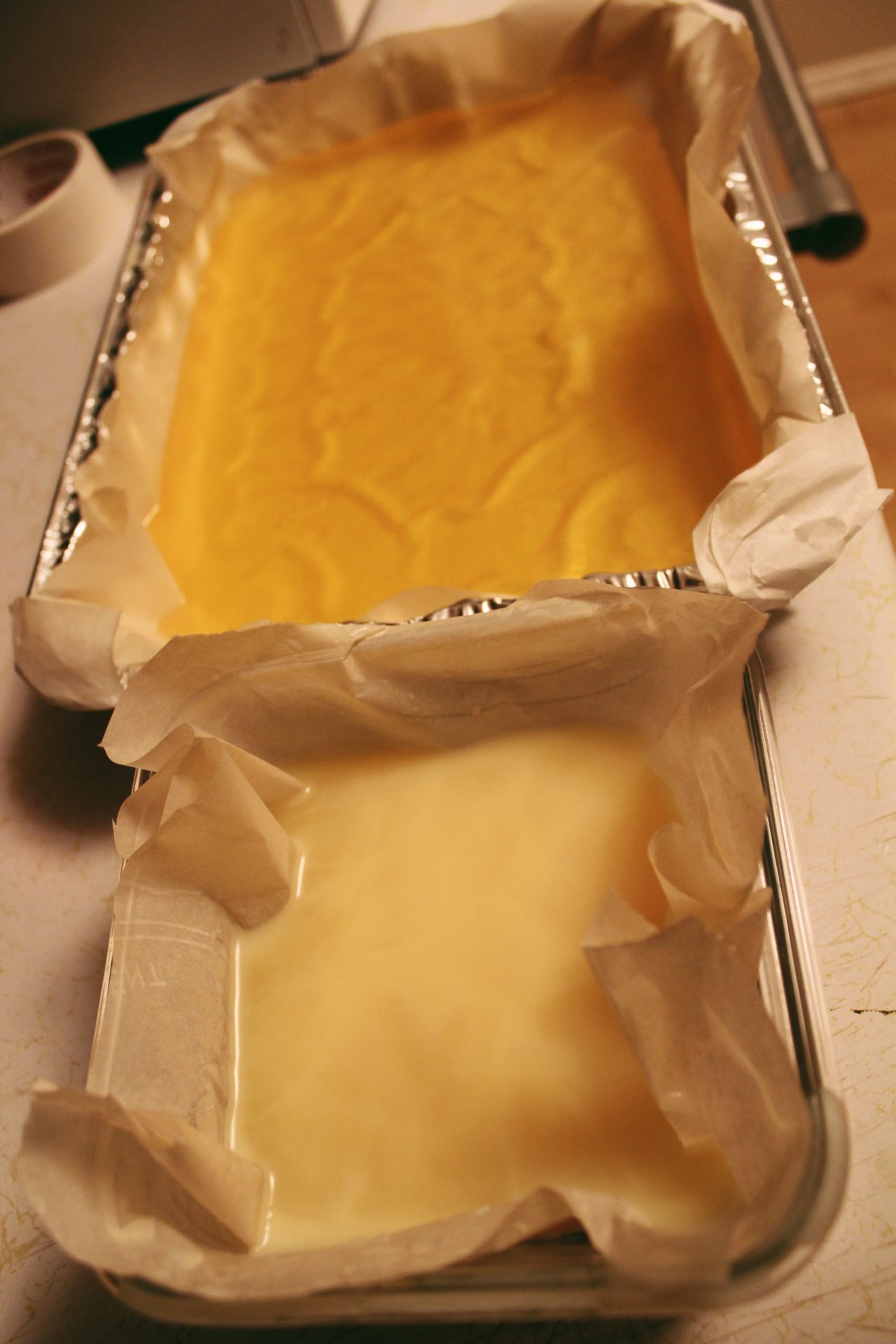
What Type Of Fat Can You Render Down?
If it’s fat, you can render it! The most obvious fat is the fat found between the muscles and hide, which is apparent as soon as you skin an animal; you may find this fat is minimal if you shoot an animal during the rut. Inside the body cavity, you will find caul fat (a web-like fat that surrounds the stomach, and is often utilized by wrapping around lower-fat cuts before cooking), and small pieces of hard fat around the kidneys, which you may recognize by the name of leaf lard – which is what it is called when found in a pig, and is prized for baking – and otherwise known as suet, when found in venison.
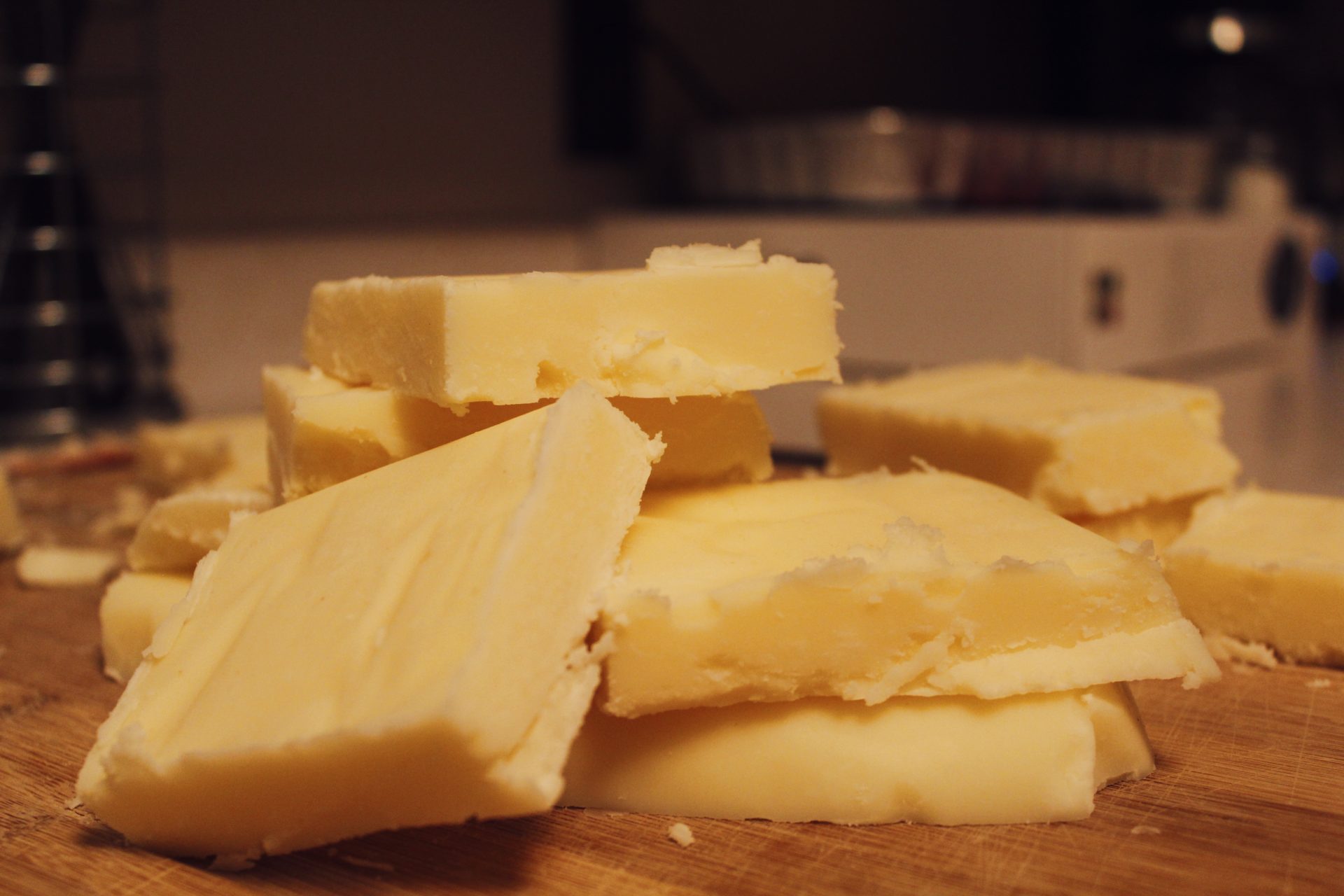
Rendered pig fat is referred to as lard, venison fat as suet, and poultry fat as schmaltz.
Advertisement
How Do You Render Fat?
The general rule of thumb for rendering fat is “low and slow.” Removing the water from the fat over low temperature reduces the chances of burnt fat, which will leave a very distinct taste and smell to your final product. The second rule, which is not so hard and fast, but more of an “if you’ve got a sensitive nose” type situation, is to render the fat outdoors. Even with low and slow in mind, there is a very distinct smell that you may not want lingering inside your house.
Using partially frozen fat (this makes it easier to work with) dice it into small cubes, removing any bits of meat. If you have a grinder handy, you could also grind the fat to allow it to render down a bit faster. At any rate, the goal is small chunks.
Advertisement
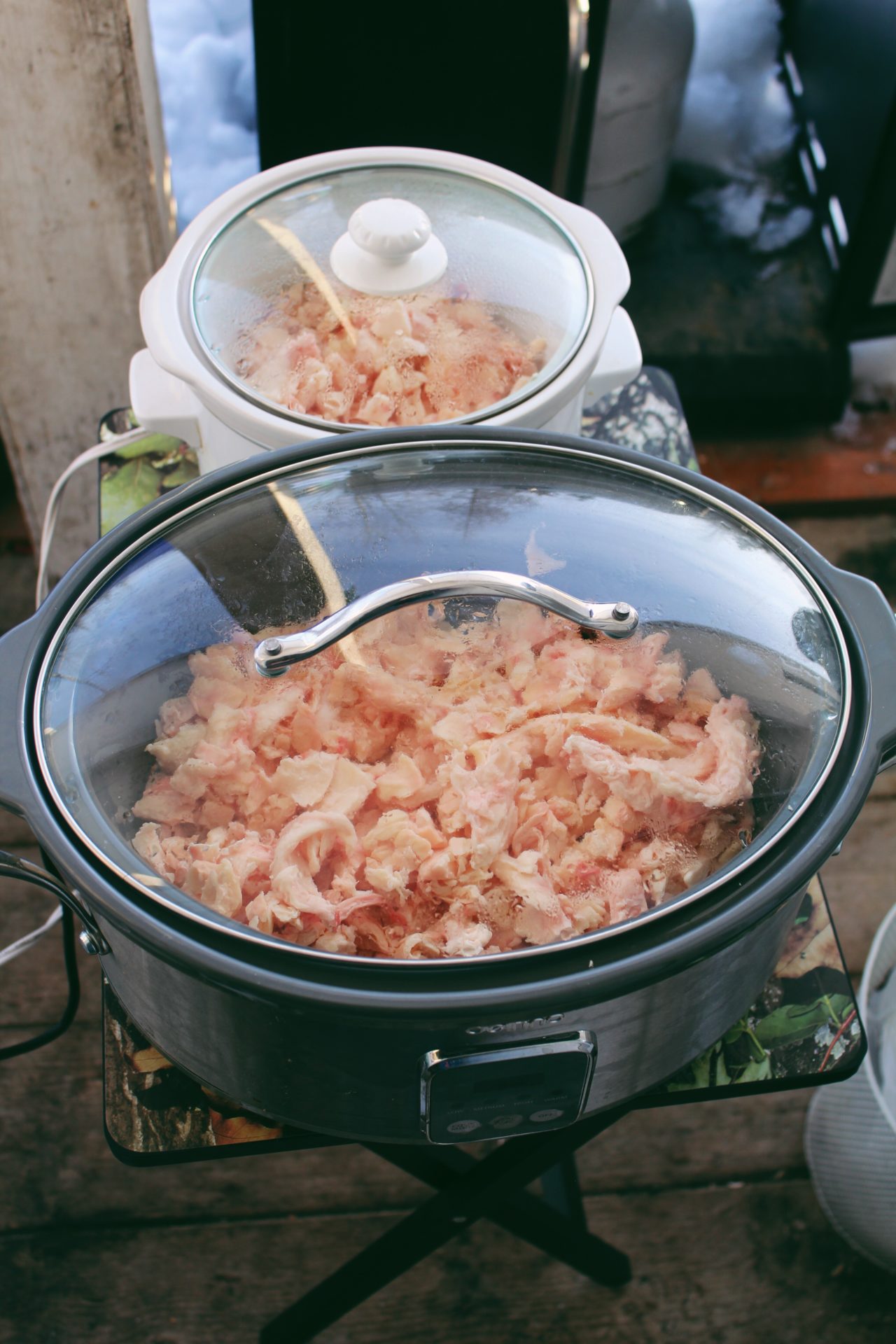
There are a few options for how to render fat – using a crockpot set on its lowest setting, a Dutch oven in a 250-degree-Fahrehneit oven or on the stovetop in a Dutch oven, again over a very low temperature. Stir occasionally, keeping an eye on the fat to make sure the temperature doesn’t need to be lowered – watch for smoke! While the time may vary to get your final product, depending on what method you choose, you will know that it’s time to remove the fat from heat when the cracklings (crispy bits of rinds) float to the top.
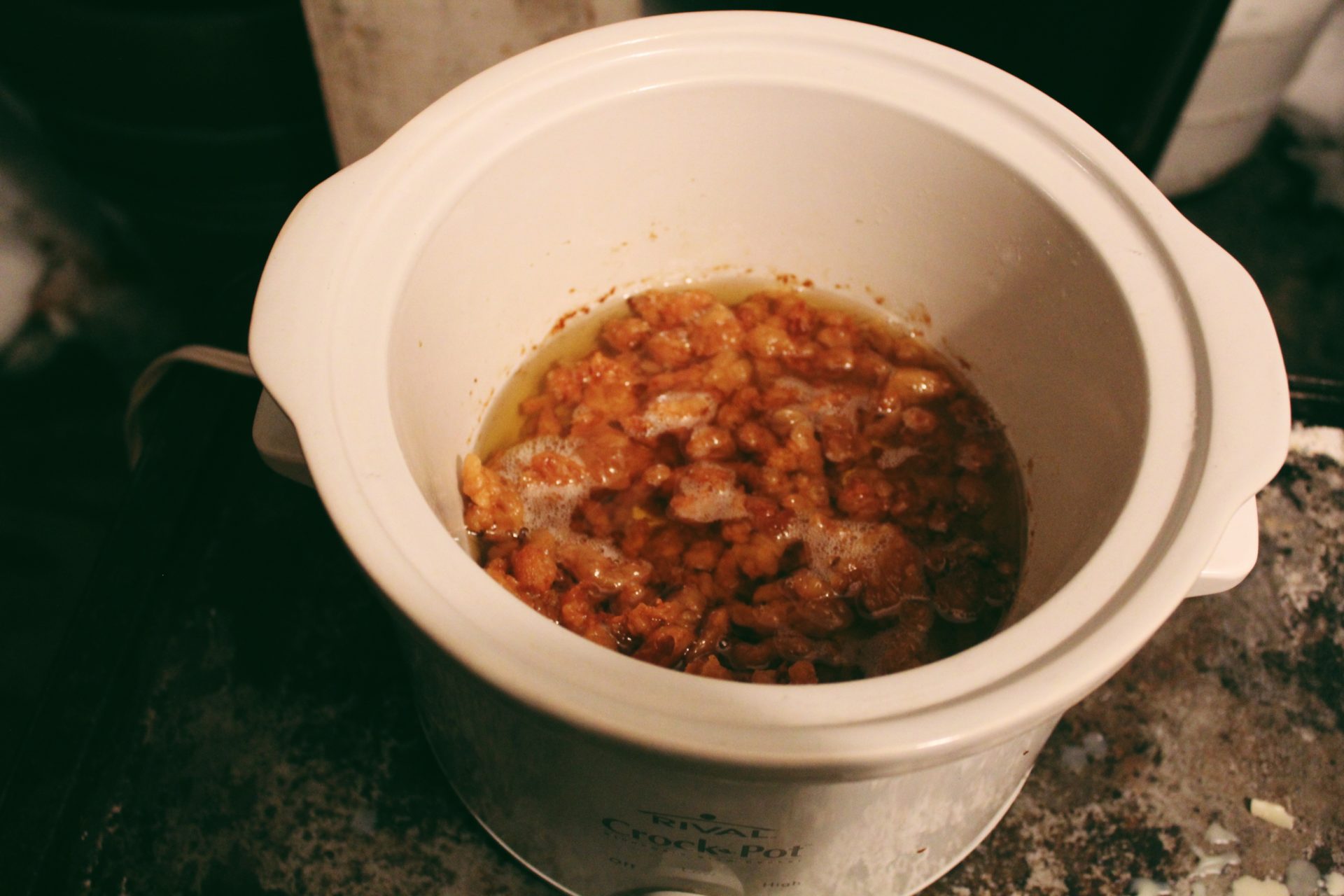
Once removed from heat, strain the suet or lard through cheesecloth-lined sieve, to remove any impurities. The cracklings are often reserved as a tasty treat – give them a try! Wide-mouth mason jars are an easy way to store the suet, or you can pour into parchment paper-lined dishes, and then cut into half-cup portions. It can then be stored in the fridge for months, or in the freezer for years.
